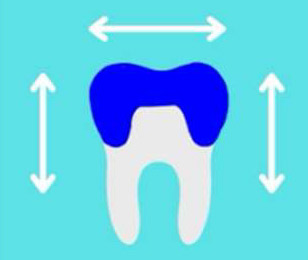Our services
Composite fillings
Tooth colored fillings or White fillings
Tooth colored fillings, also called white fillings, are dental fillings that restore and mimic the natural appearance of tooth structure. In addition to restoring teeth that have fractured or decayed, tooth colored fillings may also be used cosmetically to change the size, color and shape of teeth. This quality is particularly useful in closing gaps between teeth; repairing chipped teeth and making teeth appear to be more straight or even.
What are the advantages of white fillings?
- They closely match natural tooth color and appearance.
- They bond to tooth structure chemically and thus do not require the placement of slots, grooves or pins into healthy tooth structure to mechanically retain them.
- The bonding of white fillings to the tooth restore 85% – 95% of the original strength of the tooth.
- They completely harden in seconds instead of days, as is required by some other materials.
- Due to composite resin use, tooth sensitivity, if any, is minimal and brief.
- They may be used on front and back teeth without compromising aesthetics.
- If damaged they can be repaired.
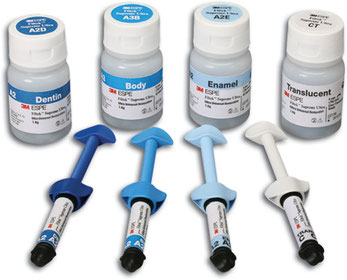
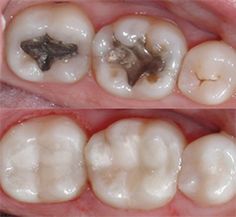

What are the disadvantages of white fillings?
- Frequent or prolonged exposure to dark liquids (coffee, tea, red wine) and foods with rich dyes may stain them.
- They are not as strong as metal fillings.
- Frequent and/or prolonged exposure to liquids with a high alcohol content may degrade them.
- They are more expensive than dental amalgam fillings.
- Dental insurance companies frequently impose a surcharge, payable by the patient, for placement of white fillings instead of dental amalgam, especially for back teeth.
WHAT IS A FILLING?
- A type of tooth restoration, used to treat decay and repair chipped, worn or broken teeth.
- Natural-looking tooth colored composite fillings are used.
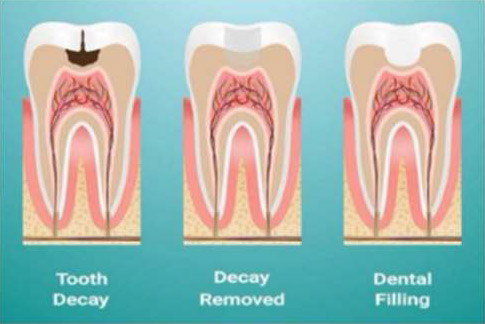
GENERAL PROCEDURE
- Numbing injection if required
- Remove all tooth decay.
- Fill the hole in the tooth,
- The filling is polished and your bite is adjusted to feel normal.
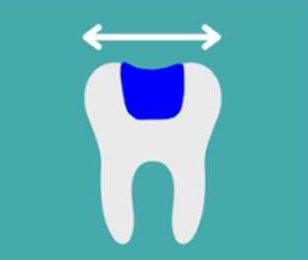
1. Surface
1,500 THB
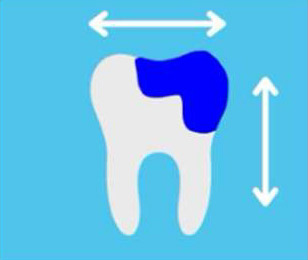
2. Surfaces
2,000 THB
